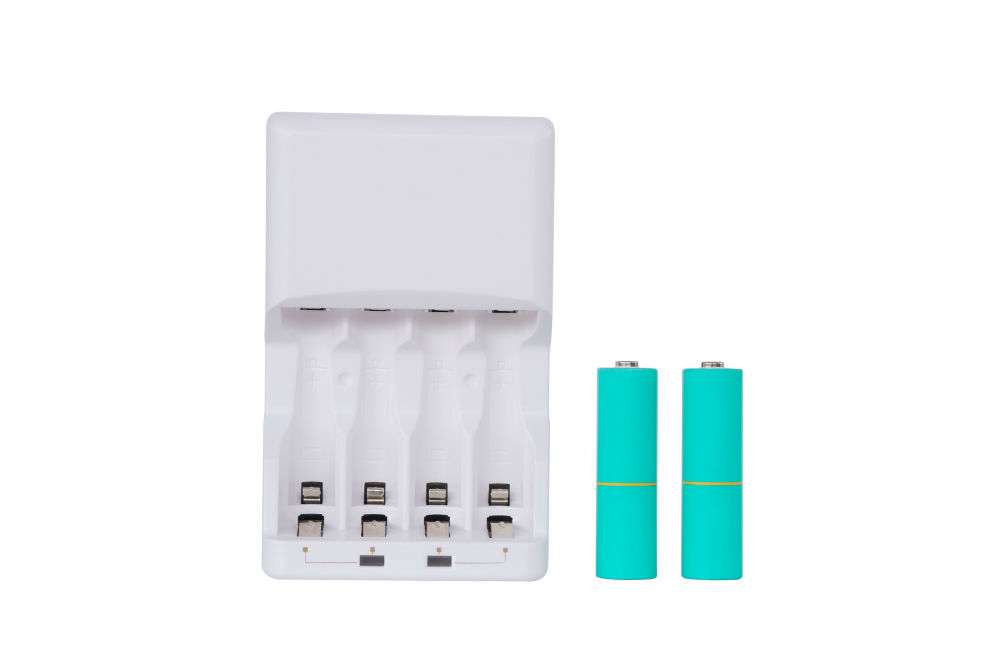How Does a Battery Charger Work
You have seen plenty of battery chargers and probably have one for your car or battery powered devices. But how does a battery charger work? You know what they can do: let you recharge batteries and save you dollars from repeatedly buying batteries. While there are many kinds of battery chargers, the basic principles are not that different.
Table of Contents
Battery Chargers and Electric Currents: How they work?
All battery chargers function by sending electric currents through batteries for a time, allowing the cells to hold onto the energy going through. While battery chargers use this same principle, what happens next depends on the battery charger design.
The most basic battery charger utilizes either a constant current or voltage. It will use either on the battery until you turn it off. This is a simple and common setup, but the problem is if you forget to turn the charger off when it’s full, the battery will overcharge. Overcharging the battery will cause it to flatten rapidly and shorten its lifespan.
Newer battery chargers have a trickle charge system that is gentler and slower, around 5% of the battery’s highest current. This is more effective and is more efficient. Regardless of the battery charger, one thing to keep in mind is that the more powerful the battery is, the longer it takes to charge.
Reversing the Process
When you charge a battery, the unit reverses the chemical processes that occur during a discharge. In a laptop for instance, the discharging and charging involves lithium ion shunting back and forth. This means the lithium ions move from one electrode to another. Each ion has a positive charge so it’s more convenient to move them into electrodes that are empty.
As the lithium ions begin to move into the empty electrodes, they get packed, taking more time. That’s the reason why charging takes longer as it nears completion. So, if you notice that charging slows down when it reaches 80% or so, that’s normal.
Overcharging
Overcharging should be avoided at all costs as it is more dangerous than undercharging. The battery is 100% charged and if you don’t remove it from the charger, it will look for a way to eliminate the additional energy it’s being given. What batteries do is build up pressure and heat inside, making them susceptible to gas or chemical leaks or even a rupture.
A good analogy would be cooking food. You don’t want to overcook it as it could make the dish unpalatable. The same thing happens when you overcharge batteries so make sure to avoid overcharging.
Factors That Affect Charging Time
Some battery chargers have a timer built in that goes off following a specific period of time. This does not automatically prevent undercharging or overcharging as charging time depends on the battery type and design. While a timer does help, keep in mind that other factors come into play such as:
- How much charge is left
- The age of the battery
- How hot or cold it is
- Quality of the device
How Different Battery Chargers Work
The best battery chargers are those with intelligent features and with computer technology integrated. These battery chargers can detect how much charge is left in the batteries. Intelligent battery chargers also sense the battery voltage changes and the temperature of the cell.
Smart battery chargers also use microchips to determine if the battery is fully charged. It also knows when to switch to a low trigger charge or turn the current off. Bottom line: overcharging is impossible with a smart charger.
A rapid charger is designed for consumer products. Charging an empty pack takes anywhere from three to six hours, after which the device goes into ready mode. Most of these devices also have a temperature sensor to avoid overheating.
The overnight charger is the simplest and is also the slowest. You plug it in and a charge is supplied to your battery. These are the cheapest battery chargers but also the most ineffective. There is no full charge indicator, and a full charge takes up to 16 hours. Due to these limitations, faster and smarter models have emerged.
Note: most battery chargers have a standby mode to save power. Make sure yours is set to low to conserve energy. Efficiency depends on the charger, with mobile chargers usually given five stars as well as all chargers that pull 30 mW or lower on standby. Other battery chargers have 30 to 150 mW. Choose the one that is most efficient and is suitable for your battery.
How Does a Battery Charger Work – Conclusion
Battery chargers have come a long way and they now offer more features than ever before. While they work in different ways, they all provide the same benefit: to extend the life of your batteries. By knowing how these chargers work you’ll get more out of your batteries.


